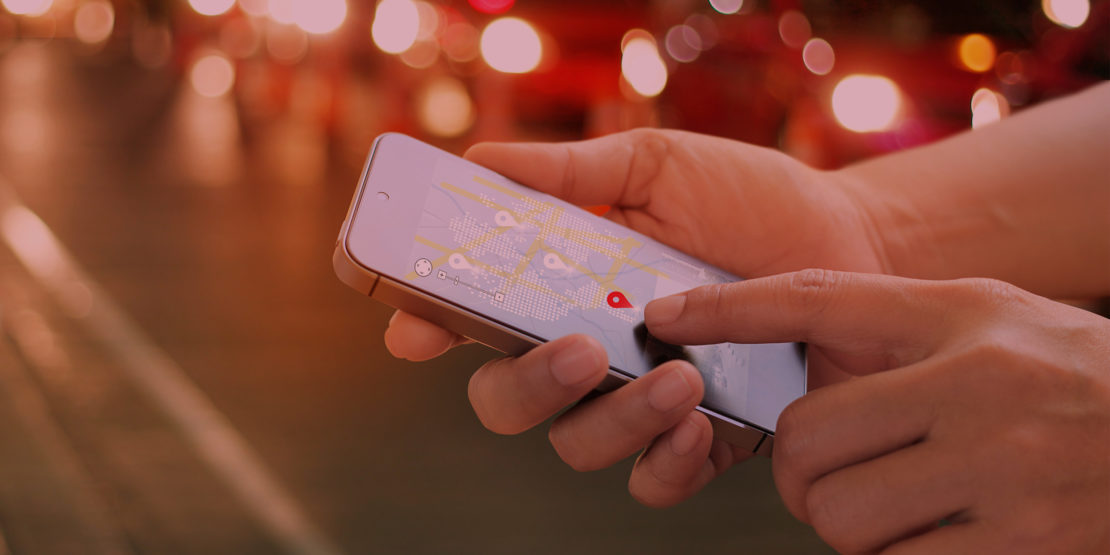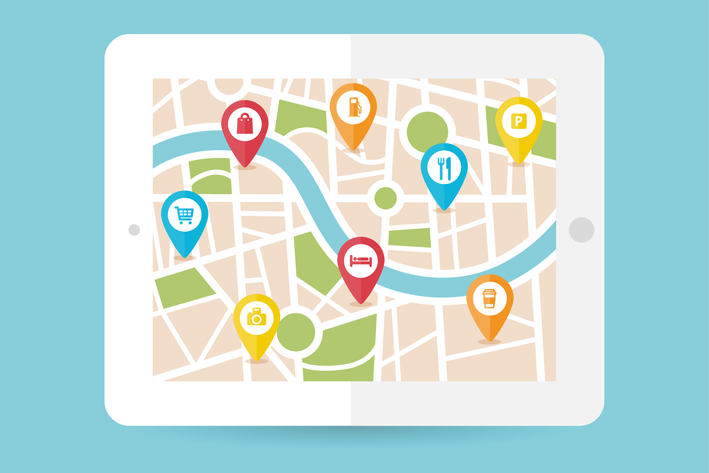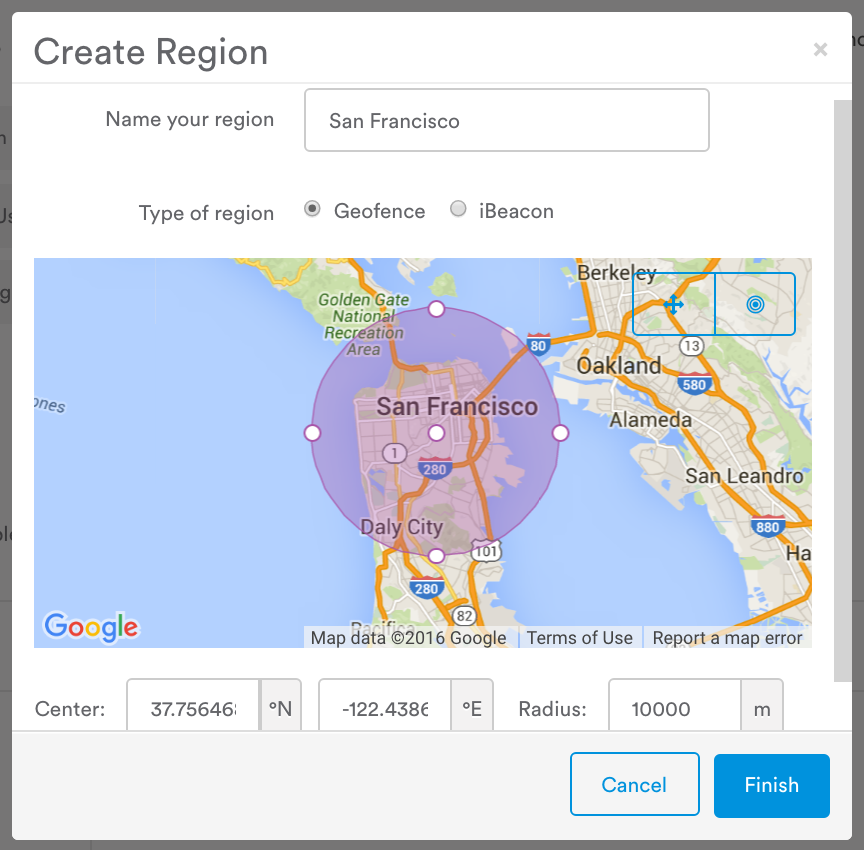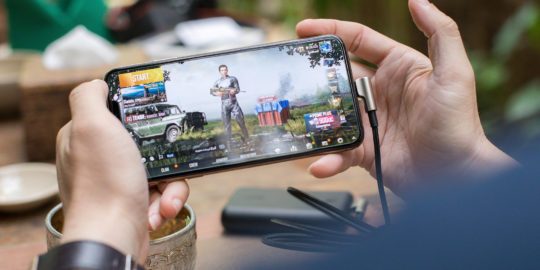Source: Freepik
The term geolocation marketing gets thrown around a lot, but many mobile teams have only a vague idea of what it means.
Anyone can take a stab at it: geolocation marketing probably has something to do with location-based personalization. But what exactly do marketers personalize with the user’s location data? And how do we collect that data in the first place?
Keep reading for a quick overview of what geolocation marketing is and why it matters.
What Is Geolocation Marketing?
Broadly speaking, geolocation marketing refers to data about a person’s physical location. The data is usually provided through GPS satellites. If you’ve ever opened a map app and zoomed in to see just how accurate the little blue dot is, that’s GPS-supplied geolocation data at work.
If the phone’s GPS is turned off (or if it can’t find a signal), the location data is instead triangulated from cell towers. This method is less precise, but it works in a pinch. If you’ve opened your map while underground or in the middle of a road trip, you’ve probably gotten your location data from a cell tower.
So far we’ve only talked about geolocation marketing from the user’s perspective — the device pings a satellite or cell tower to determine where in the world it is. But once the device obtains this information, it can then share it with apps (like a map or a local restaurant database).
How Can Mobile Teams Employ Geolocation Marketing?
You can target users based on location data in a few different ways. These are the three most common.
Geo-Targeting

Of course, IP addresses aren’t very precise, and it’s cumbersome for the marketer to target specific neighborhoods based on IP address blocks. That’s why this type of geo-targeting is more commonly used for broad regions, like an entire city (or state). For marketing teams that want to get more precise, it’s best to target users based on a geo-fence, as explained below.
Geo-Fencing
Geo-fencing is the mobile era’s answer to traditional geo-targeting. This type of targeting uses the device’s GPS location rather than its IP address, so the data is much more precise. It’s also updated while the person is on the go, so it’s suited for mobile messaging.
A geo-fence can be as wide as a city, but it’s more effective when targeting smaller regions like specific neighborhoods or streets. These targets are especially useful for apps that want to direct foot traffic to brick-and-mortar stores.
Beacons
Beacons are the narrowest of the three location targeting methods. A beacon is a small, physical object that receives location data from nearby devices via Bluetooth. Because it’s Bluetooth-based, beacons can be deployed in areas with poor cell reception, such as the interior of a store.
Beacon data tells the app precisely where in the store customers are walking, which helps publishers optimize the in-store experience. But the downside is that the user’s Bluetooth signal must be turned on. What’s more, beacons are difficult to use outside of your own property, because they must be physically placed too.
What’s the Best Way to Improve App Engagement With Geo-Targeting?
For mobile teams in search of marketing tactics that increase engagement, geo-fencing is a good place to start. The precision of geo-fenced audiences makes them perfect for mobile campaigns, yet they don’t require a brick-and-mortar presence to be effective.
For example, a travel app might want to alert flyers that their gate changed via push notification. Instead of triggering the notification based on time, the app publisher could establish a geo-fence around an airport and trigger the message based on location instead. This way, they’ll deliver the message with perfect timing.
Likewise, an app that curates local restaurants or events could trigger recommendations based on the user’s neighborhood. Instead of offering broad suggestions (e.g. “Trending restaurants in your city”), geofencing enables suggestions that are personal and immediately valuable (e.g. “Welcome to [neighborhood]! Here’s what you need to see”).
How Can I Get Started With Geolocation Marketing?
Geolocation is intuitive from a marketing perspective, but it can be difficult to implement from an engineering perspective. The easiest way to get started is with a mobile marketing platform that supports location-based campaigns.
For a quick look at how Leanplum handles geolocation marketing, read up on our personalization solution. With the right tools in place, it’s easy to engage your audience with location-based messages.
—
Leanplum is building the marketing cloud for the mobile era. Our integrated solution delivers meaningful engagement across messaging and the in-app experience. We work with top brands such as Tinder, Tesco, and Lyft. Schedule your personalized demo here.






